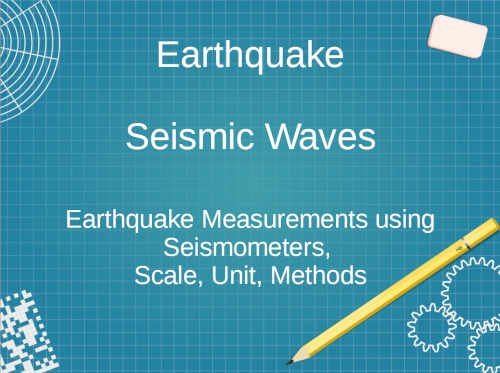Updated By: LatestGKGS Desk
Seismology: Earthquake prediction and physical changes during an earthquake

Methods to predict an earthquake according to physical changes
It is very difficult to predict an earthquake, however, two methods are used for this - (i) the measurement of various types of physical changes occurring immediately before the earthquake and (ii) the historical background of the earthquake ie long-term earthquake of the affected area History.
The physical changes that occur during an earthquake are as follows:
1. "P" wave velocity: Many small earthquakes make changes in the velocity of "P" waves that become normal before a large earthquake. These changes are measured by an earthquake.
2. Land uplift: Before sliding down the plot before the earthquake, numerous small cracks fall into the rocks of a large area. In these newly formed cracks, the underground water enters. The presence of water works like a hydraulic jack, which creates a ridge in the rocks. So, before the big earthquake, the land blooms in the dome shape or gets up. This change is called Dilatancy.
3. Radon Emission: The exhaust of Raidon gas exceeds a large earthquake. Therefore, monitoring the evacuation of Ryan gas can give warning of any major earthquake coming.
4. Animal behavior: It is often seen that before the arrival of a major earthquake, organisms, especially those living in bills, behave in an extraordinary manner. Ants, termites and other living organisms come out of their hiding places. The birds are loud-tongued and the dogs bark and weep in a different way.


